WE ARE ALL AGITATORS!
THE MYTH OF THE OUTSIDE AGITATOR
THE MYTH OF THE COPS AND THE STATE IS THAT WE ARE NOT SELF ORGANIZED
THAT WE ARE INCAPABLE OF ORGANIZING OURSELVES TO OPPOSE THE STATE AND ITS COPS
WE ARE THE COMMUNITY!
NONE OF US ARE OUTSIDE AGITATORS,
WE ARE ALL HOMEGROWN AGITATORS
DEMANDING FOR JUSTICE FOR ALL!
THE KNIGHTS OF LABOR MOTTO;
THAT IS THE MOST PERFECT GOVERNMENT IN WHICH AND INJURY TO ONE IS AND INJURY TO ALL
WHICH WAS ADOPTED BY REVOLUTIONARY LABOR AND SYNDICALIST UNIONS AS THEIR POLITICAL AGENDA
Preamble to the Constitution of the Knights of Labor, 1881
From Terence V. Powderly. Constitution of the General Assembly, District Assemblies, and Local Assemblies of the order of the Knights of Labor in America. Marblehead, Mass.: Statesman Publishing Co., 1883. Adapted from www.wadsworth.com/history

PREAMBLE TO THE CONSTITUTION OF THE KNIGHTS OF LABOR
Adopted 3 January 1878

The recent alarming development and aggression of aggregated wealth, which, unless checked, will inevitably lead to the pauperization and hopeless degradation of the toiling masses, render it imperative, if we desire to enjoy the blessings of life, that a check should be placed upon its power and upon unjust accumulation, and a system adopted which will secure to the laborer the fruits of his toil; and as this much-desired object can only be accomplished by [129] the thorough unification of labor, and the united efforts of those who obey the divine injunction that "In the sweat of thy brow shalt thou eat bread," we have formed the * * * * * with a view of securing the organization and direction, by co-operative effort, of the power of the industrial classes; and we submit to the world the objects sought to be accomplished by our organization, calling upon all who believe in securing "the greatest good to the greatest number" to aid and assist us:
I. To bring within the folds of organization every department of productive industry, making knowledge a standpoint for action, and industrial and moral worth, not wealth, the true standard of individual and national greatness.
II. To secure to the toilers a proper share of the wealth that they create; more of the leisure that rightfully belongs to them; more societary advantages; more of the benefits, privileges and emoluments of the world; in a word, all those rights and privileges necessary to make them capable of enjoying, appreciating, defending and perpetuating the blessings of good government.
III. To arrive at the true condition of the producing masses in their educational, moral and financial condition, by demanding from the various governments the establishment of Bureaus of Labor Statistics.
IV. The establishment of co-operative institutions, productive and distributive.
V. The reserving of the public lands--the heritage of the people--for the actual settler; not another acre for railroads or speculators.
VI. The abrogation of all laws that do not bear equally upon capital and labor, the removal of unjust technicalities, delays and discriminations in the administration of justice, and the adopting of measures providing for the health and safety of those engaged in mining, manufacturing or building pursuits.
VII. The enactment of laws to compel chartered corporations to pay their employe[e]s weekly, in full, for labor performed during the preceding week, in the lawful money of the country.
VIII. The enactment of laws giving mechanics and laborers a first lien on their work for their full wages.
IX. The abolishment of the contract system on national, State and municipal work.
X. The substitution of arbitration for strikes, whenever and wherever employers and employe[e]s are willing to meet on equitable grounds.
XI. The prohibition of the employment of children in workshops, mines and factories before attaining their fourteenth year.
XII. To abolish the system of letting out by contract the labor of convicts in our prisons and reformatory institutions.
XIII. To secure for both sexes equal pay for equal work. [130]
XIV. The reduction of the hours of labor to eight per day, so that the laborers may have more time for social enjoyment and intellectual improvement, and be enabled to reap the advantages conferred by the labor-saving machinery which their brains have created,.
XV. To prevail upon governments to establish a purely national circulating medium, based upon the faith and resources of the nation, and issued directly to the people, without the intervention of any system of banking corporations, which money shall be a legal tender in payment of all debts, public or private.

Source:Terence V. Powderly, Thirty Years of Labor, 1859 to 1889 (Philadelphia, 1890), 128-130. The original pagination appears in brackets
Terence V. Powderly, The Knights of Labor, 1889
Under Powderly the Knights advocated an eight hour ... The first committee on constitution of the order of the Knights of. Labor ... The adoption of the preamble.

https://archive.iww.org/about/official/StJohn/2/
|


























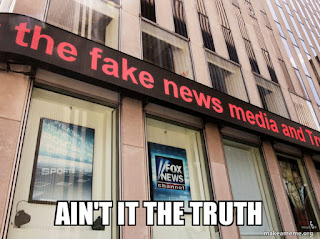

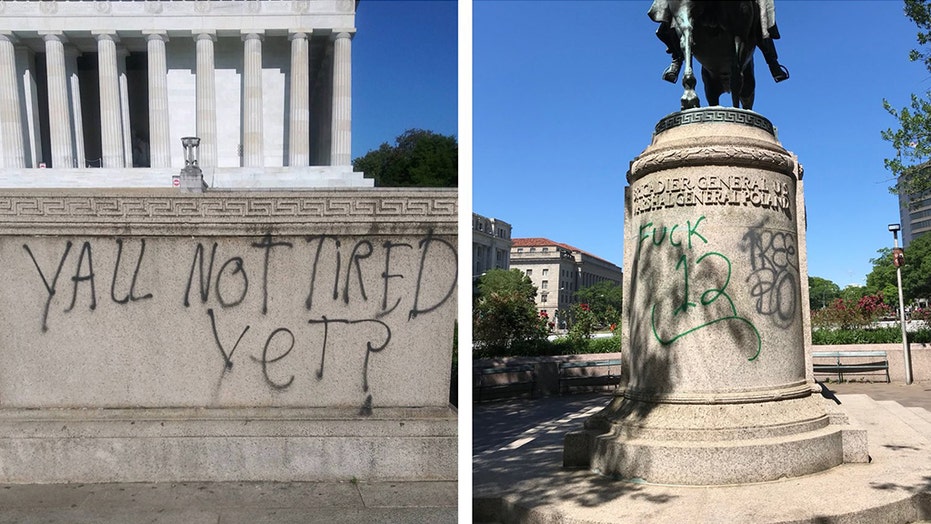
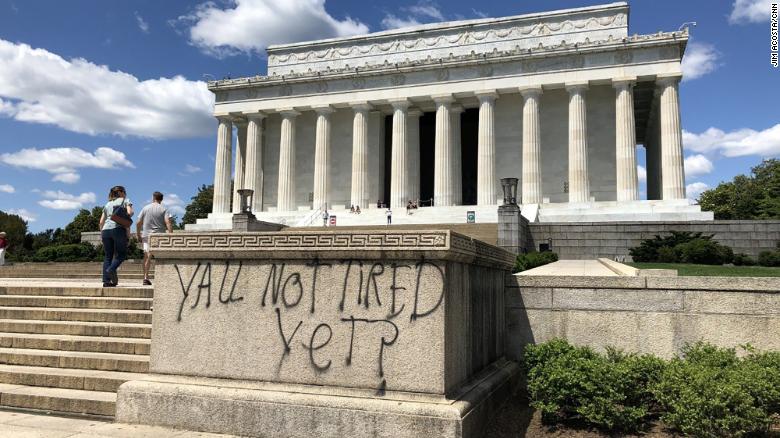




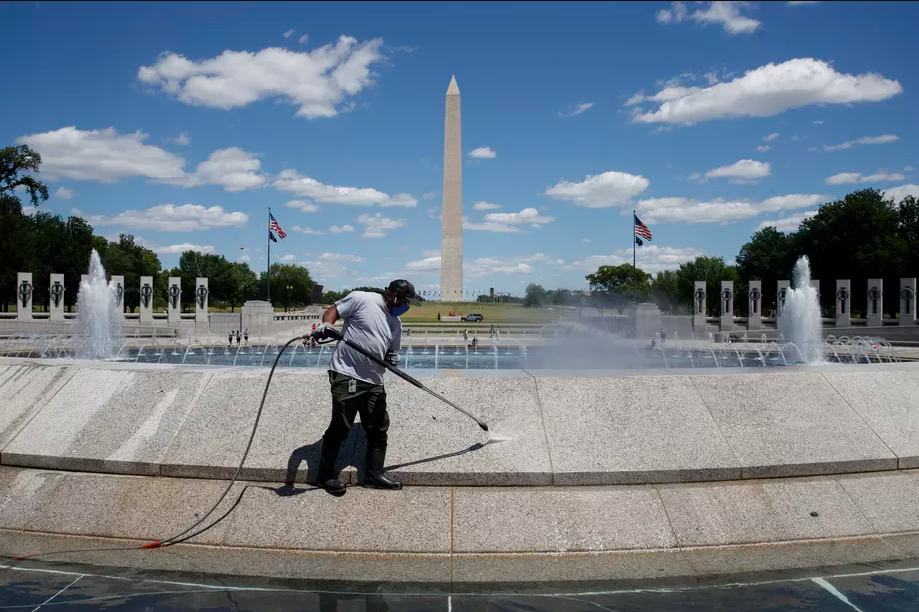
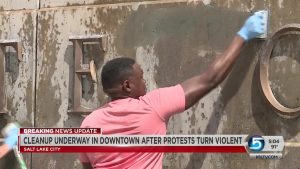



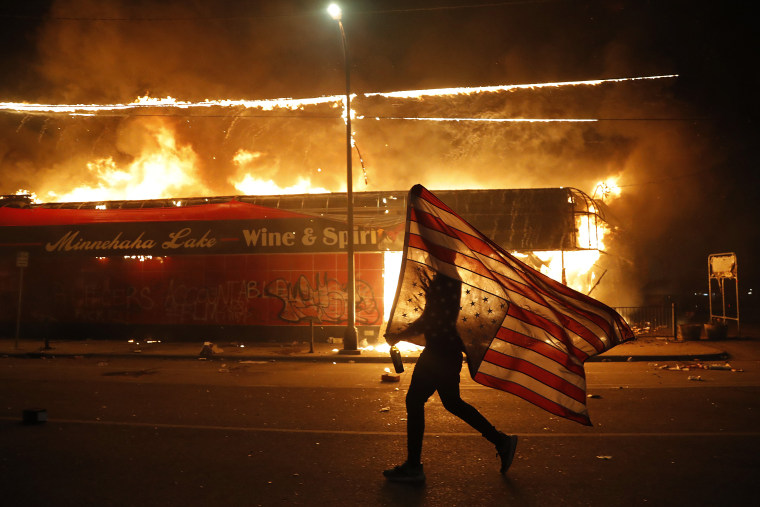
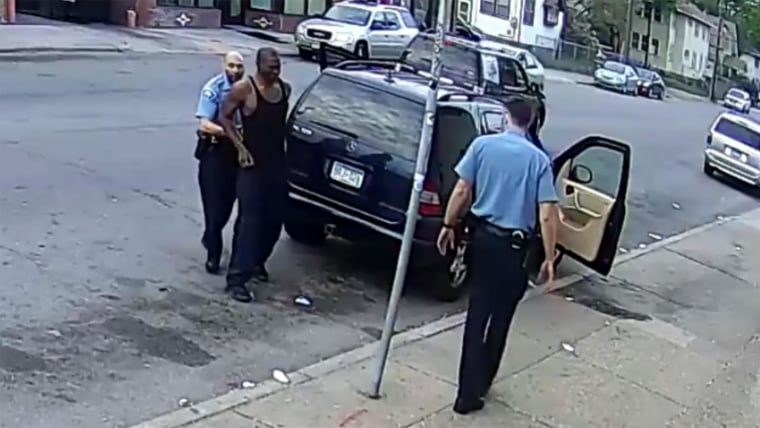
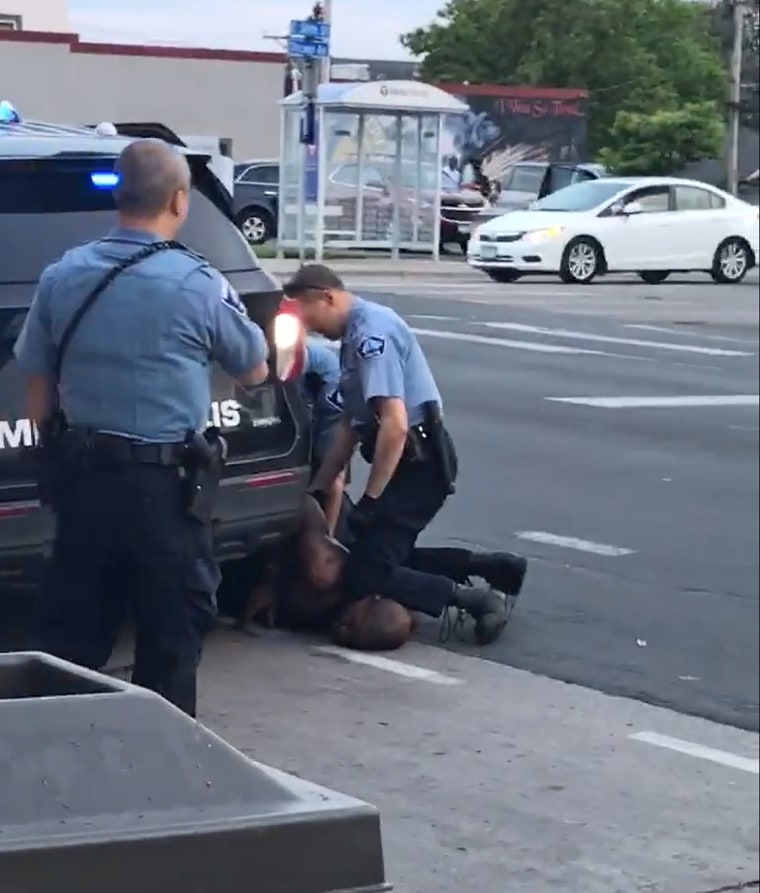
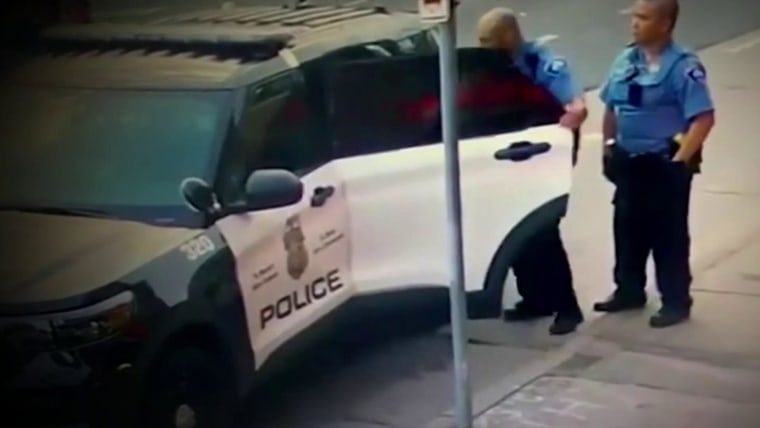
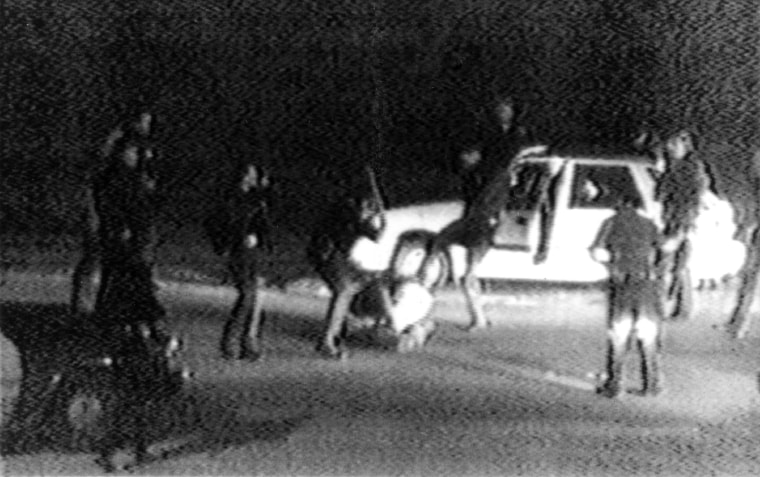
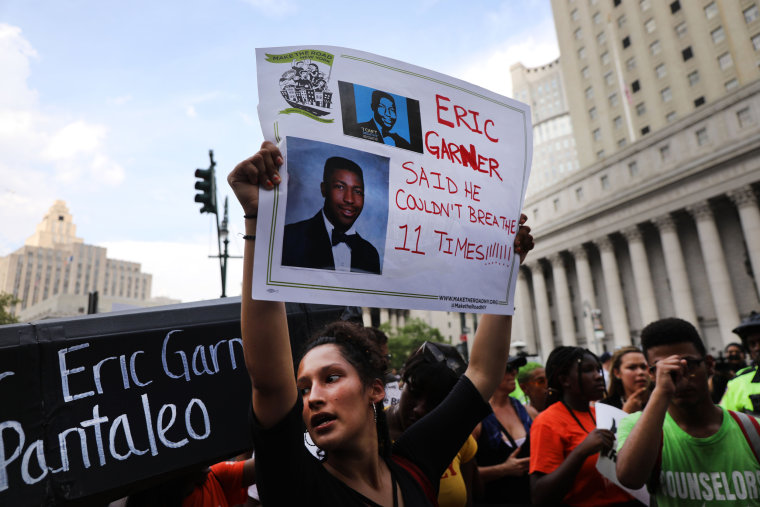
/cdn.vox-cdn.com/uploads/chorus_image/image/66875532/1215970389.jpg.0.jpg)
